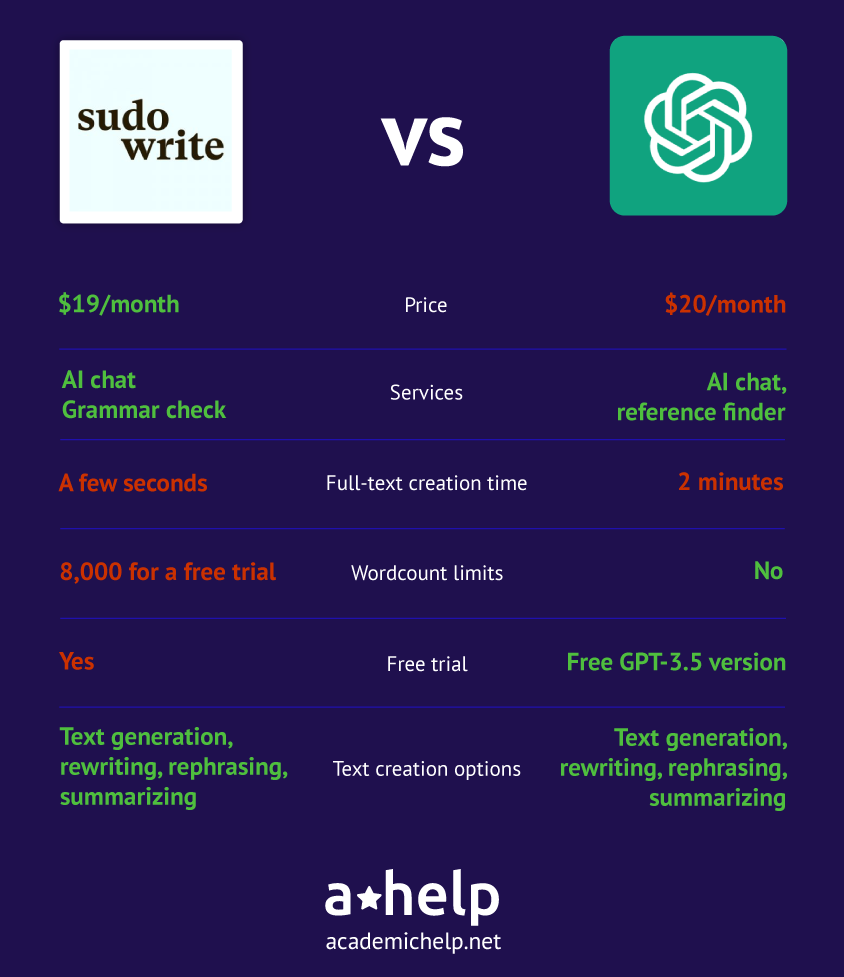Specialized AI Writing Models Emerge Amidst Debate on "Mid" Output and Prompting Skill

The quality of AI-generated text and the potential for highly specialized models have become a focal point of discussion, with social media users questioning the current state of artificial intelligence in writing. A recent tweet from "sisyphus bar and grill" articulated this sentiment, stating, > "Leaving aside the question of whether AI writing is actually mid (most people are just lazy prompters), the more interesting question for me is: Why hasn't someone trained a new model specifically to be good at writing yet?" This query highlights a growing interest in AI's capacity for nuanced and high-quality prose.
Contrary to the tweet's implication, the AI industry is actively developing and refining models specifically for various writing tasks. Companies are creating specialized AI tools, often described as "wrappers" around large language models (LLMs), designed to excel in particular domains. Examples include Sudowrite, lauded for its fiction writing capabilities and natural-sounding prose, and thesify, which provides AI-powered academic feedback without generating content directly.
Beyond these specialized applications, core LLMs like Claude, ChatGPT, and Gemini are undergoing continuous improvements to enhance their writing quality. Claude, for instance, is frequently praised for its exceptional prose, particularly in creative writing, offering more human-sounding output. OpenAI's GPT-4o has also seen updates aimed at improving creative writing, demonstrating an industry-wide push towards more sophisticated text generation.
The effectiveness of these AI tools, however, is heavily influenced by user interaction, echoing the "lazy prompters" observation. Experts emphasize that the quality of AI output is directly correlated with the specificity and skill of the prompts provided. Users who master prompt engineering can unlock significantly better results, transforming generic AI responses into highly tailored and effective content.
The market for AI writing tools is rapidly evolving, with a diverse range of solutions catering to different needs, from marketing copy (CopyAI, Writesonic) to long-form content and SEO optimization. This competitive landscape suggests ongoing innovation, as developers strive to meet the demand for AI that can produce not just text, but truly good writing across various styles and purposes.